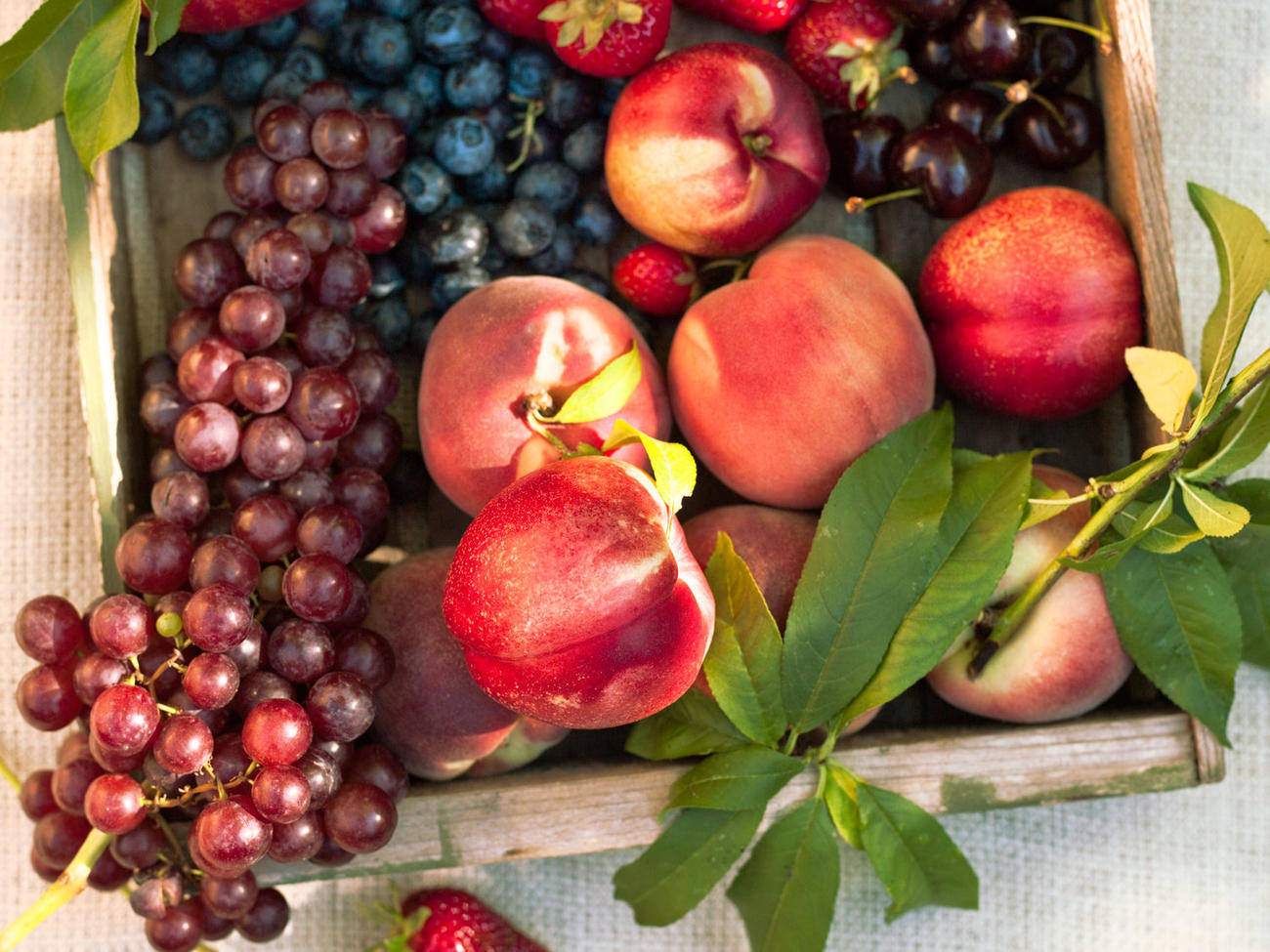
The Best Fruits to Plant in Cold Weather

Photo by Thomas J. Story
Peach, grape, blueberry, cherry, strawberry, and apple lovers are in luck: Though these crops are considered to be among the most pesticide laden when conventionally raised, they’re a snap to grow organically at home. Now’s the time to plant bare-root stock of these trees and bushes; strawberries put in the ground this month will bear as soon as this spring and summer, and everything else will start producing in one to three years.
What to grow – Plus secrets for getting great fruit
Peaches
To avoid peach leaf curl (a fungal disease that affects wet leaves) in damp climates, plant trees against a southfacing wall under an eave, and prune them into a fan shape. And if you’re short on space, plant three or four varieties in one hole, pruning off all but the outwardfacing branches.
Grapes
The vines are easy to train along fences, pergolas, and deck rails. Stick with American varieties (Vitis labrusca) grown on their own roots to avoid the mildew and root louse (phylloxera) problems common to European grapes (V. vinifera).
Strawberries
There are three main types. Plant June-bearing for one big crop in late spring or early summer, everbearing for spring and fall crops, and day-neutral for a large crop in spring and smaller harvests all summer. The plants produce less fruit as they age, so replace them every three years.
Blueberries
These shrubs do well in all parts of the West except the desert, and since many varieties have magnificent fall color, you can also use them as showy garden plants. In mild climates, spotted-wing drosophila (related to the common fruit fly) can be a problem. In that case, use row covers after fruit sets.
